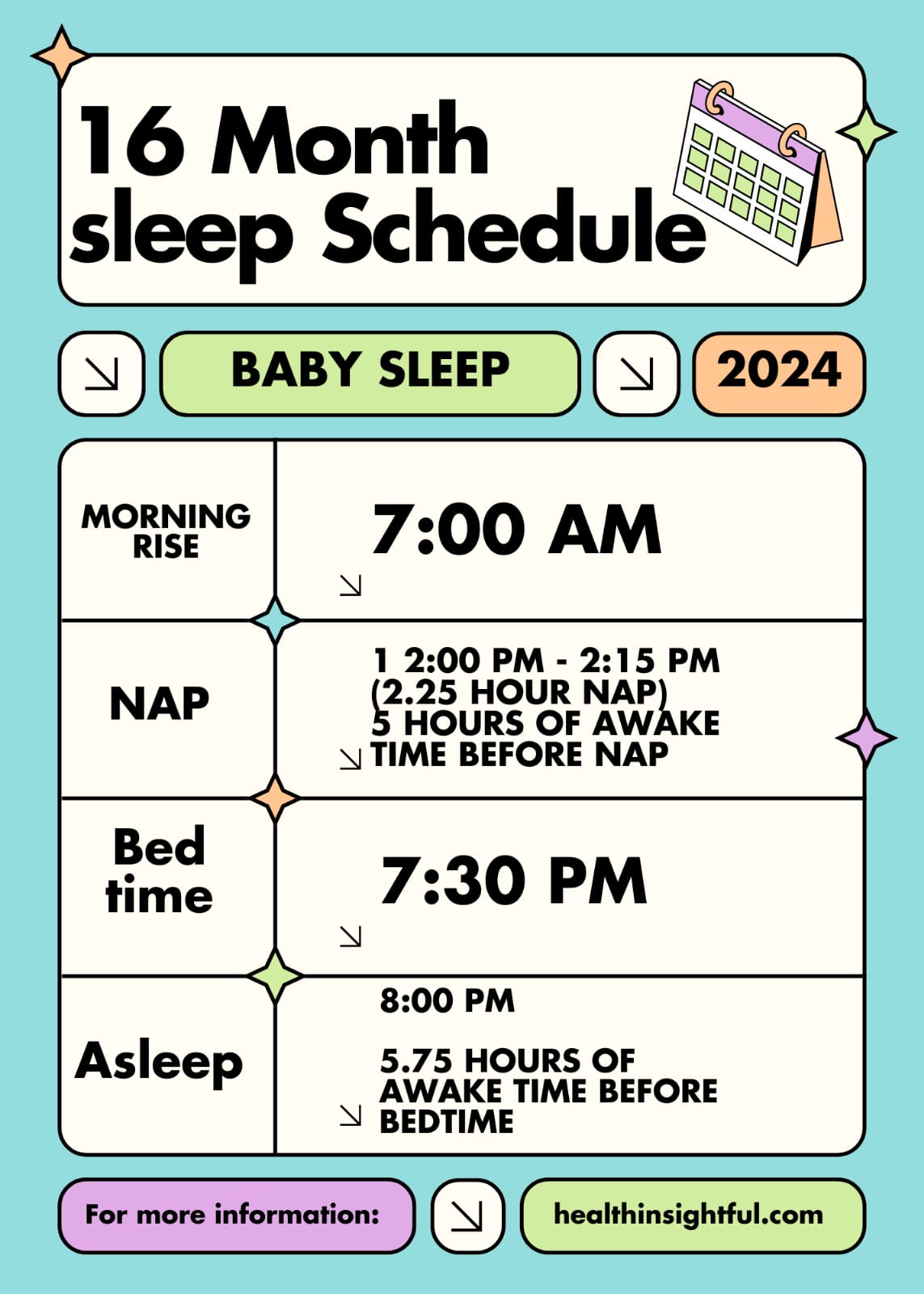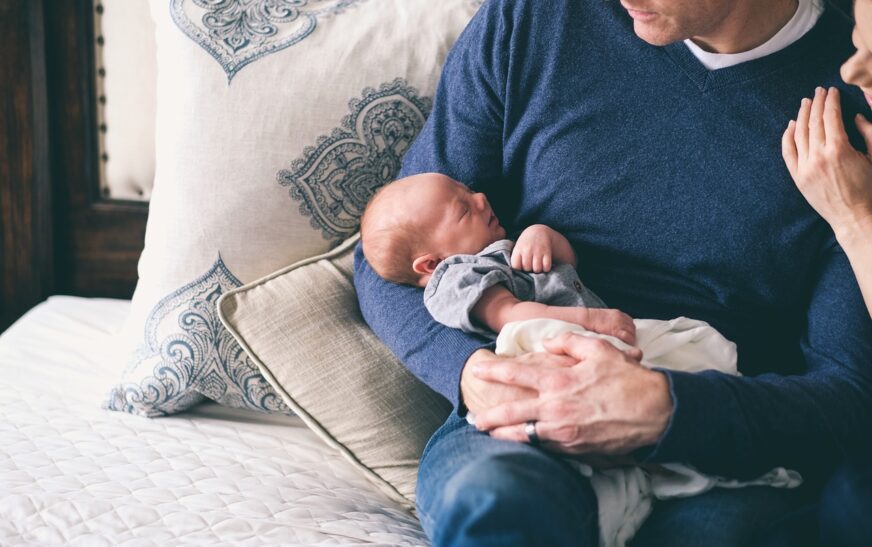Complete Guide Parenting is basically riddled with so much joy, yet so many challenges. For first-time parents, sleep is usually the major challenge; if your baby is 8 months old and he or she struggles to sleep, do not be alarmed. It’s usually at this stage that most parents begin to search for help in finding effective ways of sleep-training their infants. As we give you practical tips and advice, let’s take a look at both do’s and don’ts of sleeping training an 8-month-old as we ensure you and your baby get a good night’s sleep.
Understanding Sleep Patterns in 8-Month-Olds
At 8 months, most babies go through big development that may have great changes on their sleep pattern. They can learn how to crawl, pull themselves up, or even stand. This new skill may be an exciting thing for them which may lead to disrupted sleeping so that they can practice their new skills. By 8 months, most babies require about 14 hours of sleep in a day, inclusive of naps. However, it may be tricky to have good constant sleep without a suitable approach towards sleep training .
Why Sleep Training Matters
Sleep training is an essential part of the baby’s development and your own. Your baby sleeping will help his growth, development of his brain, and healthiness overall. Getting enough rest for the parents is just as important to be able to put up with daily tasks concerning young children. You can train your baby early on good sleep habits that can translate into healthy sleep he can use for a lifetime for the betterment of the whole family.
Preparation for Sleep Training

Before turning to the nuts and bolts of various techniques on how to carry out sleep training, it is important to prepare you and your baby. To that end, consider the following:
Pay attention to sleep cues and establish a bedtime routine. A predictable bedtime routine sends your baby a sleep signal. It might be a warm bath, a book, or just a lullaby. Remember, consistency is key; try to make it the same every night.
- Make the sleeping environment sleep-friendly: It is very important to make sure that your baby’s sleeping environment is favorable for sleep. Keep the room cool, quiet, and dark. You may want to get a white noise machine to block out any background noise that could interfere with your baby’s sleep.
- Stick to a Sleep Schedule: Babies thrive off of routine, and thus, it is crucial that a regular pattern of sleep be developed. Make nap times and bedtime as consistent as possible from day to day. By 8 months, most babies take two or even three daytime naps, and bedtime often falls between 7 and 8 PM.
- Look for your baby’s sleep cues: Pay attention to your baby’s sleep cues, including eye rubbing, yawning, and fussiness. These signs give you the edge in the process of sleep training in a much smooth way, putting the baby to sleep before they overtire.
Different parents may do sleep training for an 8-month-old baby differently. The trick is to select a suitable method that fits in with one’s own upbringing philosophy and one’s baby’s personality. Following are some very practical techniques of sleep training:-
The Ferber Method (Graduated Extinction)
The so-called Ferber Method, or graduated extinction, is the idea of training your baby gradually to fall asleep without any help from another person. Here’s how this works:
Put your baby in their crib when they are awake but sleepy after a soothing bedtime time. Then leave the room. If your baby cries, wait a few minutes before running back in. You can begin by waiting three minutes. When you return, briefly soothe your baby with some back patting or words of comfort.
Gradually increase the time between checks, so that your baby will start learning how to fall asleep.
It is painful for a parent because crying is involved. However, in the end of a week, babies sleep way better according to many parents.
Chair Method
The Chair method is one of the really more gentle sleep training methods whereby you, over time, gradually back away from the crib. Here is how:
Then, you prepare your bedtime routine and put a chair beside the crib and sit on it until the baby sleeps.
Each night, this chair moves further away from the crib until you are eventually out of the room. In this way, you will still be able to let your baby get comfortable with your presence to help them go to sleep but also work on learning to fall asleep on their own.
Compared to some of the others, the Chair Method does take a bit longer. The method is good, though, for those parents who simply can’t stand the idea of leaving their baby crying alone.
Pick Up/Put Down Method
This method was popularized by Tracy Hogg through her book entitled The Baby Whisperer. Basically, when the baby cries, you pick them up to quiet them down then put them back into the crib when they are quietened down. Here is how this method is done:
Place your baby in his or her crib after your bedtime routine.
If they start to cry, then pick them up and comfort them until they’re quiet before putting them in the crib.
Do it again and again and again until your baby falls asleep.
It is work-it does take patience and consistency-but as methods go, it’s really pretty gentle of a way to teach your baby to self-soothe.
No Tears Method

No Tears means setting minimal crying during the process of sleep training. With this approach, your baby is gradually weaned off the sleep associations that they may be accustomed to, such as nursing or rocking to sleep. Here’s how you may do this:
If your baby is accustomed to falling asleep while being nursed, gradually decrease each night the amount of time you spend nursing them when you put them into their crib.
Gradually reduce the length of time spent rocking or patting before putting your baby down to sleep. Over time, your baby learns how to fall asleep with much less intervention. This method may take a bit longer for parents to see any sleep results, but it’s a much gentler approach if you want to absolutely avoid any crying.
Common Sleep Training Challenges
Sleep training is seldom plain sailing, and you might experience several hiccups along the way. Here are some of the more common ones and how you can fix them:
- Sleep Regression: Around 8 months, your baby may experience some sleep regressions either because of developmental achievements or separation anxiety. If this is what has happened, try and stick to the baby’s sleep method as far as you can, but keep on track with your baby’s routine.
- Teething: Teething upsets your baby’s sleep and makes sleep training more challenging. Comfort the baby in case he/she is teething, and try to keep his/her usual sleep routine going. Edible teething gels or cold teething rings relax this process.
- Night Waking: Most babies, about at this age, wake up at 8 months. If your baby wakes, wait a few minutes to see if they will go back to sleep before going in and assisting them with their respective sleep training method.
- Consistency: This is perhaps the most significant test in sleep training. It is so easy to slip back into old routines when you are tired or frustrated, but consistency is the key to successful sleep training.
Some Tips for Successful Sleep Training
Following are a few tips that can make the process of sleep training easier and effective:
- Patience: Sleep training takes a while, and every baby is different. Do not be discouraged if it does not happen right away.
- Stay cool: Babies become very perceptive to a parent’s mood; therefore, positivity and calm should be maintained during the process.
- Involve Your Partner: Then involve your partner if you have one. This would give much-needed support and consistency.
- Every Little Bit Counts: Improvement may be gradual and baby steps are still considered progress, therefore celebrate even for instance your baby fell asleep faster or woke up much less often than usual.
- Conclusion
Sleep training an eight-month-old baby can be quite a cumbersome yet rewarding process. Knowing your baby’s sleep needs and adopting a sleep training method to suit your family would be giving him the best practices of sleep that will take him through the coming years. Also, remember consistency, patience, and a cool head are the keys toward successful sleep training. With patience, it may take some time, but you and your baby will be well on the way to sleepy nights and brighter days.










